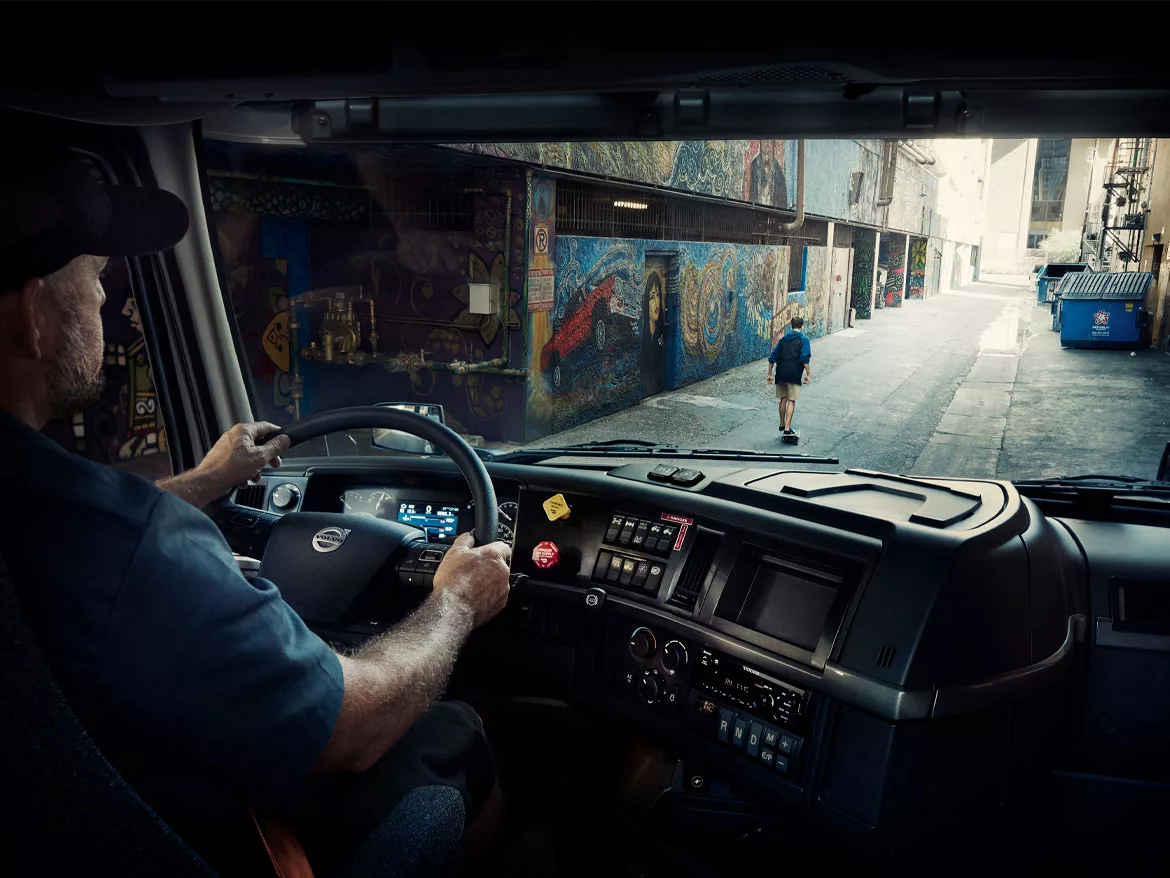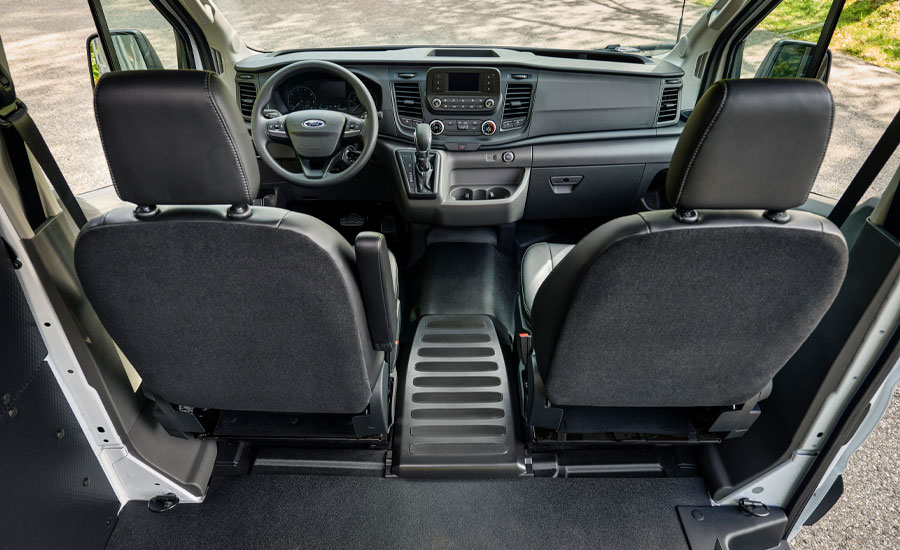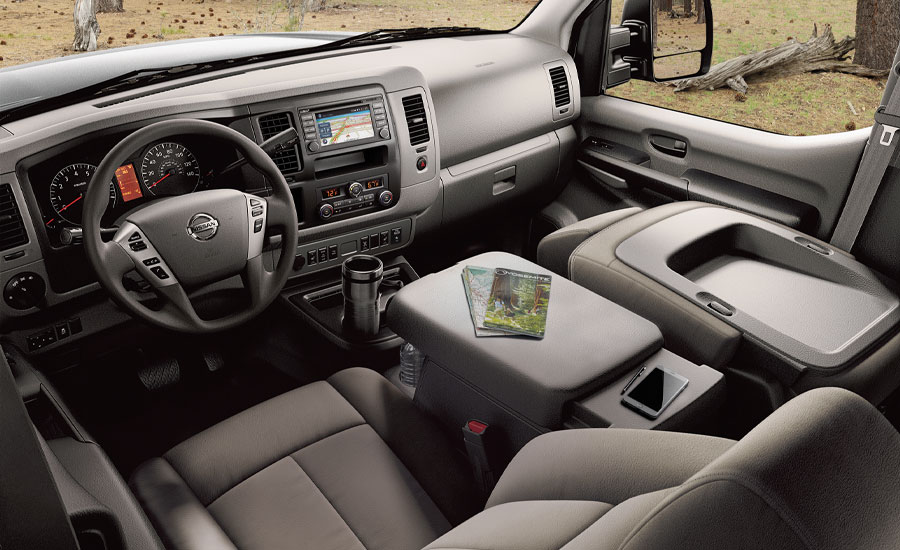Distribution
Enhancements for comfort, ergonomics are driving today’s cab interiors
Equipment enhances operational efficiency while minimizing physical, mental stress

Comfort and ease of operation in the cab continue to be top priorities among fleets as managers step up their efforts to recruit and retain drivers in a tough employment environment. Vehicle OEMs recognize the power of incentivizing current and prospective drivers with equipment that enhances operational efficiency and minimizes physical and mental stress. As a result, they constantly are updating their offerings to accommodate the evolving workforce.
The following are some of the cab updates:
Volvo Trucks North America
Allison Athey, product manager at Volvo Trucks North America, notes that the company has ergonomically optimized the seating and brought more control and information to the driver’s fingertips with enhancements to the dashboard and steering wheel. Its Volvo Dynamic Steering, for instance, is a responsive system designed to lessen steering force and effort, reducing driver fatigue and increasing safety, the company says. Increasingly, ergonomic seating designs work hand-in-hand with the steering system to ease the stress on the operator’s back and neck. Automated manual transmissions, like the Volvo I-Shift, have emerged to help drivers be more productive on the road. More intuitive control clusters that place switches and gauges within the driver’s reach and at a quick glance also have become the norm in the cabs on Volvo’s VHD trucks.
Ford Trucks

For the new 2022 F-650 and F-750 trucks, Ford is touting a modern instrument panel that makes getting in the cab and driving those vehicles as familiar as driving a Super Duty pickup. Inside, drivers will find a specially designed tilt and telescoping steering wheel, along with standard features such as Bluetooth functionality, AM/FM stereo and USB ports. Meanwhile, the 2021 Transit vans include new four-way swivel seats, a 50% wider clear aisle — thanks to an electronic parking break that replaces the manual parking brake on the floor by the driver’s seat — increased headroom and an optional center console with right-side shifter that further improves walkthrough and offers seven inches of additional driver legroom.
Kenworth
Earlier this year, PACCAR launched a new medium-duty Kenworth lineup with multiple driver-centric enhancements. Standard in the medium-duty models is a new steering column designed to extend ergonomic range of motion, reduce driver fatigue and enhance overall comfort. The steering column features full-tilt and telescopic position capability, self-canceling turn signal capability and a column-mounted shifter. The new 2.1-meter cab is eight-inches wider than its predecessor, creating a more comfortable ride. Fleet customers can choose from among a number of seating options, configurable with high- or medium-back seats and passenger bench seats that can provide a comfortable ride for up to three people.
Nissan

Comfort was top-of-mind for Nissan when designing its NV Cargo van line — particularly because it’s been conceived as a mobile workshop and office. The wide front doors provide easier ingress and egress and the supportive bucket seating offers extensive adjustability to accommodate the comfort needs of virtually every driver. The NVs also boast larger armrests, as well as ample legroom and foot room. The absence of a so-called van engine “doghouse” also frees up considerable space under the instrument panel. Typically, the setback placement of the engine in a van would intrude significantly into the cab, but the NV Cargo employs a conventional truck engine layout with out-front engine design, to return that historically encroached-upon space to the driver.
Looking for a reprint of this article?
From high-res PDFs to custom plaques, order your copy today!





